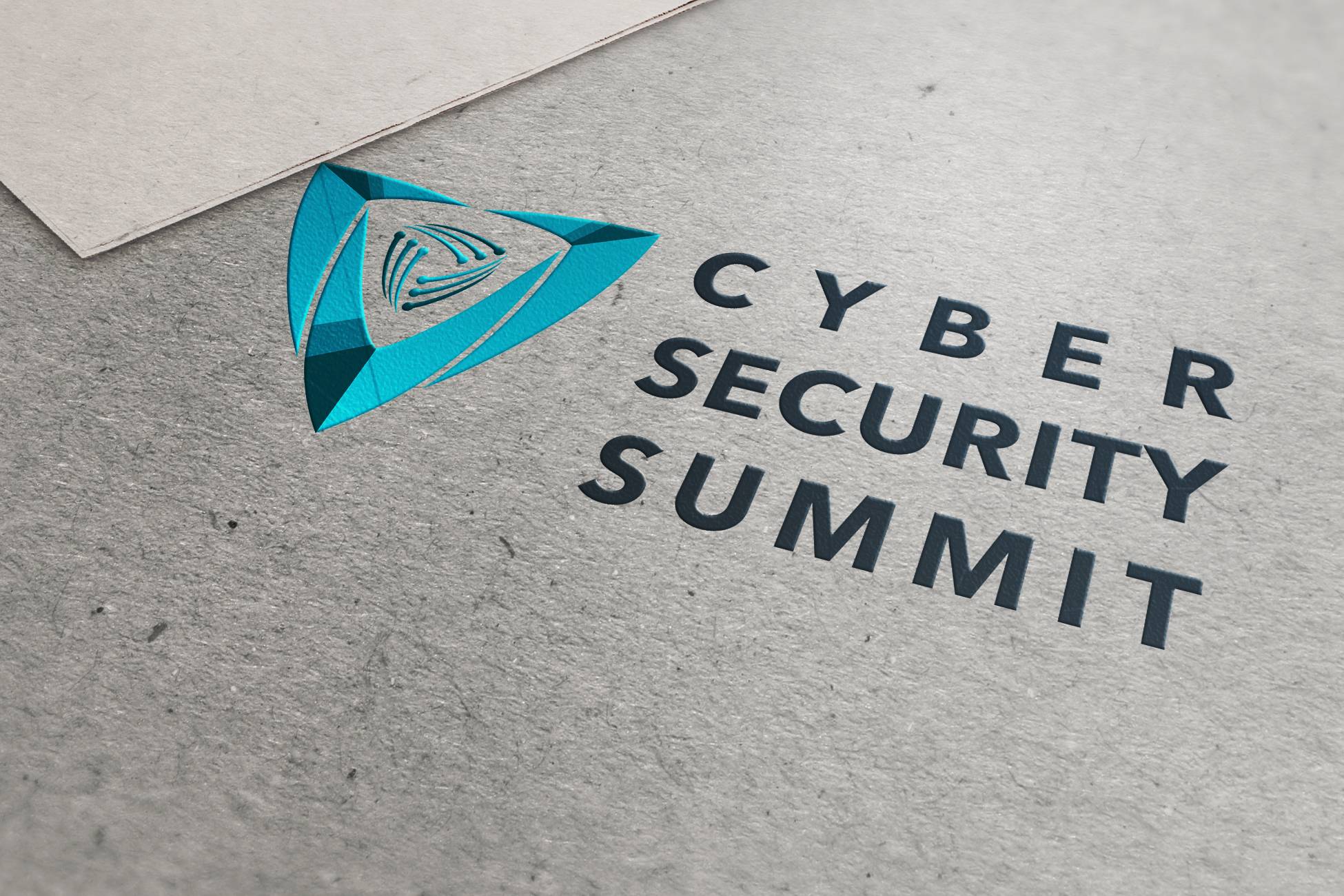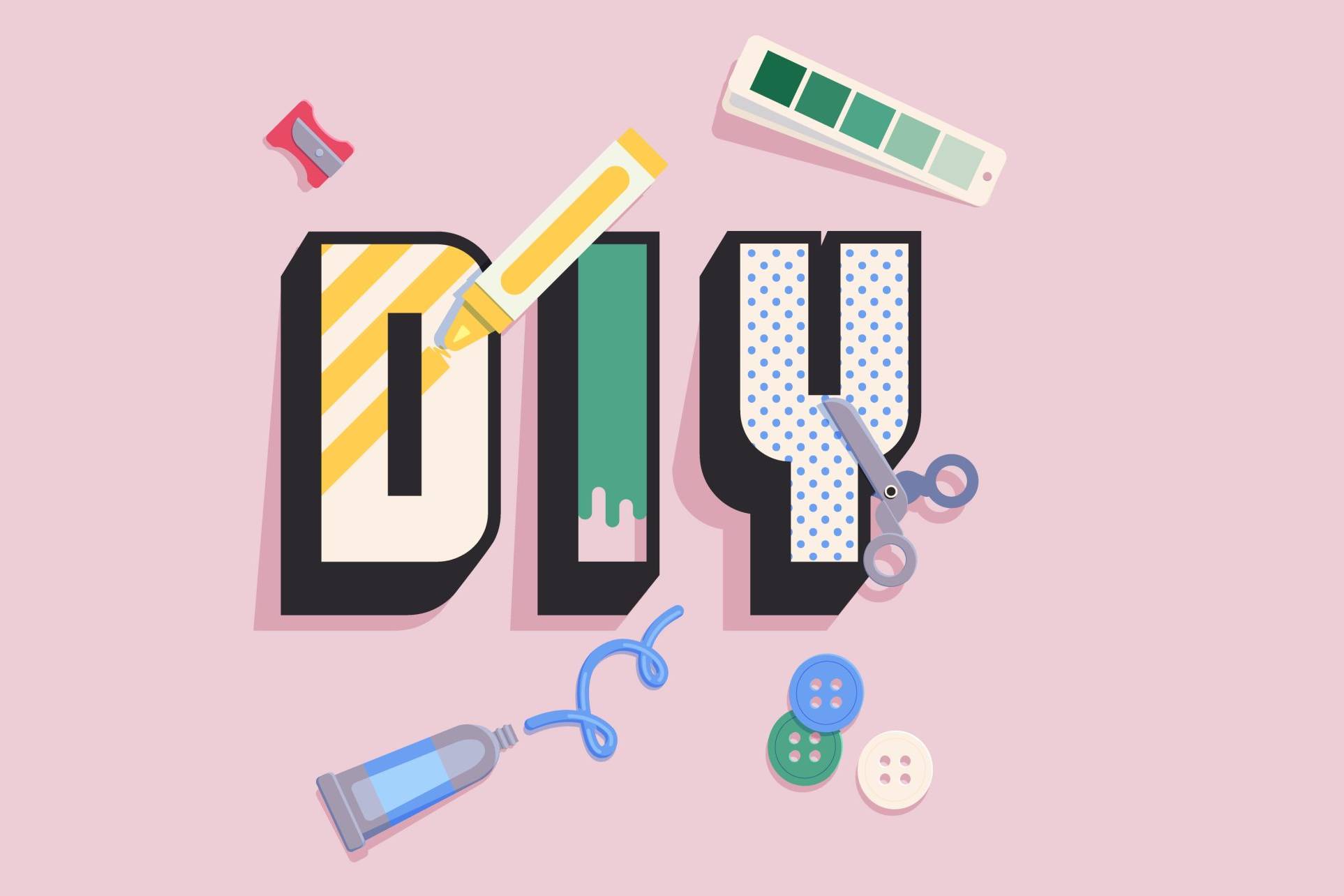Embarking on a design project transcends mere creativity; it marks the inception of a collaborative journey where client insights converge with designer expertise to craft captivating visual narratives. In this blog post, I delve into the intricacies of my Client Collaboration Process, unveiling the thoughtfully curated stages that define our unique approach to design services. From the initial spark of inquiry to the detailed onboarding, strategic planning, and the creative manifestation of visual identity, each phase underscores the harmonious integration of client vision and design finesse. Join me as we peel back the curtain on the inner workings, placing emphasis not only on aesthetic allure, but on the strategic synergy that breathes life into each pixel and brushstroke. Uncover how my process transcends transactions, nurturing enduring partnerships that elevate brands through a seamless fusion of client aspirations and innovative design.
1.Inquiry - Project brief and client input
In this initial stage a prospect fills out a Brief form providing project details, budget and their vision. A discovery call is scheduled, then a custom proposal is sent summarising solutions and timelines.
In the collaborative journey with clients, the initial stage revolves around the comprehensive inquiry process. Prospective clients kickstart the engagement by filling out a detailed Brief form, where they articulate project specifics, budget parameters, and their unique vision. This sets the stage for a crucial discovery call, a personalised interaction that delves deeper into the project’s nuances. Subsequently, a bespoke Project Proposal is crafted, summarising proposed solutions and delineating achievable timelines. This three-tiered approach—comprising the completion of a Brief form, a Discovery call, and the submission of a Project Proposal—establishes a solid foundation for a fruitful collaboration.
- Brief form
- Discovery call
- Project Proposal
If they want to proceed, then I move on to stage 2.
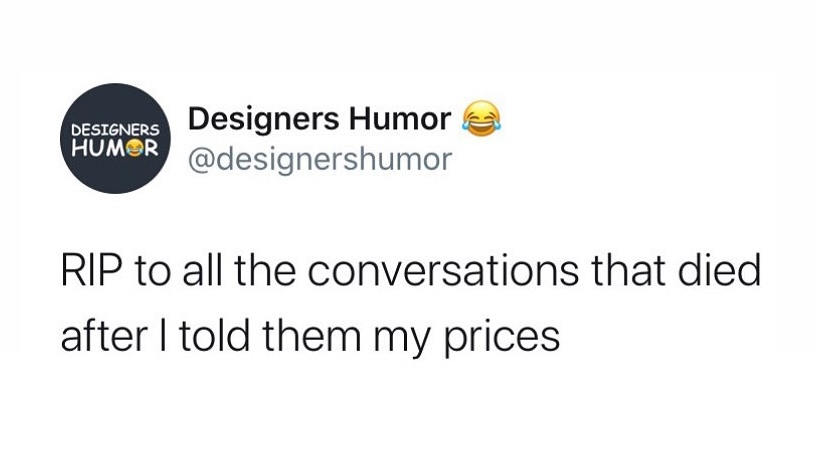
2.Onboarding
Here I create a 50% invoice, adjust the contract and then onboard them into their client portal on notion.io . This is where the invoice and contract is uploaded, feedback is gathered and timelines updated. It’s all in one hub which means clear steps for my clients, less stress for me.
The onboarding phase is meticulously managed through an organised Notion portal. Firstly clients are seamlessly introduced to their dedicated client portal. This centralised hub becomes the focal point for streamlined communication, housing uploaded invoices and contracts, soliciting feedback, and updating timelines for a stress-free collaboration. Key components of this phase include the issuance of a 50% Invoice, the creation of a Design Contract, and the initiation of Project Management through Notion.
- Invoice (50%)
- Design Contract
- Project Management (Notion)
Once on-boarded it’s on to the next stage.
3.Strategy
A strategy call is scheduled allowing me to dive deep into my client’s business. I then analyse, research and compile my findings into a strategy presentation helping generate ideas and a plan for my client.
As the client collaboration advances to the strategic phase, this immersive session allows for an in-depth exploration of the client’s business, followed by rigorous analysis and research. The outcome is a comprehensive Strategy Presentation, encapsulating findings and generating innovative ideas and a concrete plan. This phase encompasses a Client Strategy Call, thorough Research & Analysis, and the compilation of findings for the Strategy Presentation.
- Client Strategy Call
- Research & Analysis
- Compile findings for a Strategy Presentation
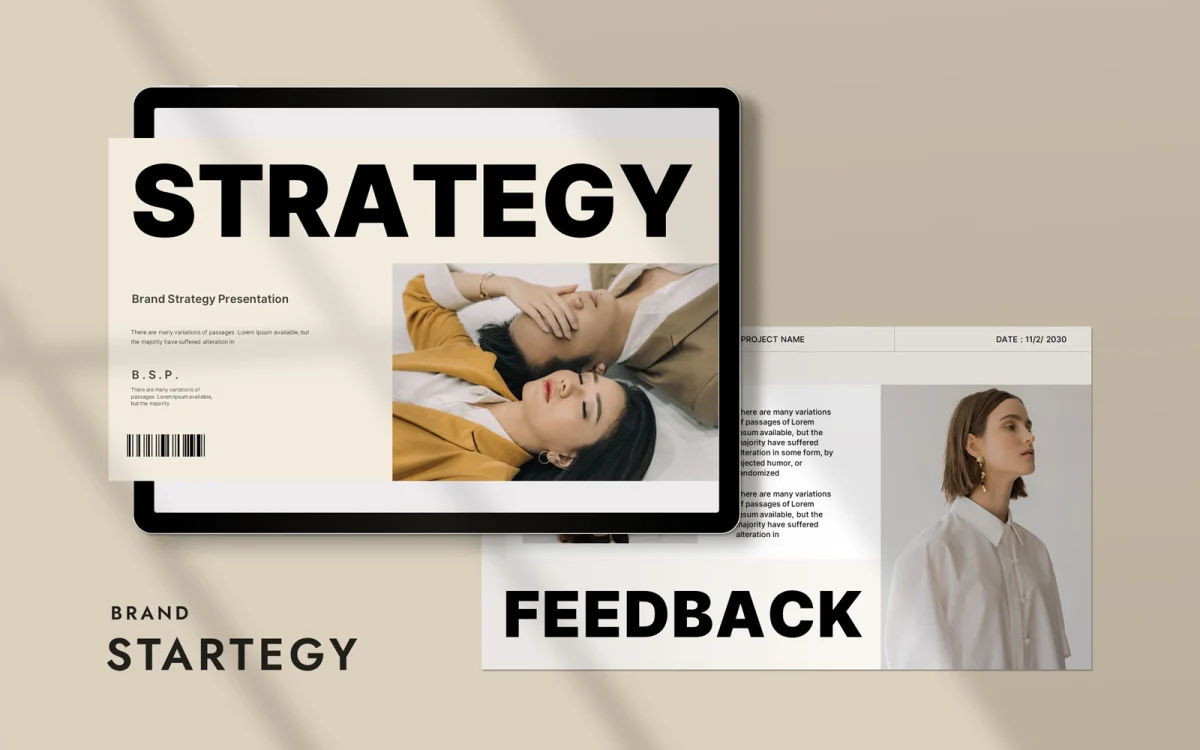
4.Creative direction
Armed with this strategy I find visual inspiration and finalise the creative direction with two mood boards integrated into the strategy presentation. This is sent for feedback, and once approved, it’s time to start designing.
Building upon the strategic foundation, the creative direction phase involves leveraging the developed strategy to create two mood boards. These visual guides are seamlessly integrated into the overarching strategy presentation, which is then shared for client feedback. Upon approval, the collaborative journey proceeds to the Visual Identity phase. Here, the strategy and approved mood boards serve as guiding principles for designing the visual identity. Multiple concepts are initially developed, refined into 1-3 finalised options, and presented in a comprehensive Visual ID Presentation.
- Visual inspiration
- 2x Mood Boards
- Client feedback requested
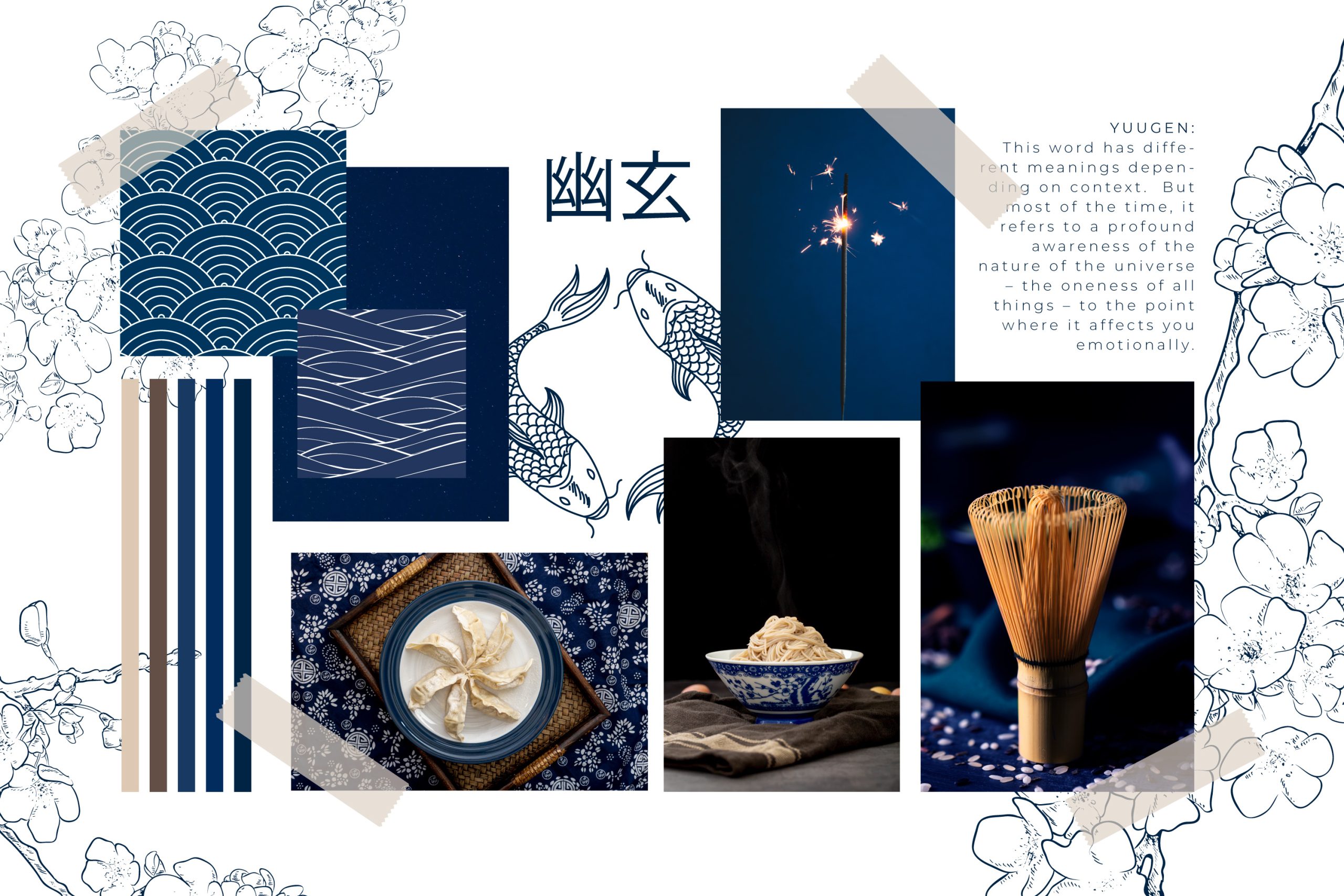
5.Visual identity
Here I use the strategy and final mood board as a guide to design the visual identity. I work on multiple concepts initially, refining them into 1-3 finalised concepts, ready for stage six.
In the pivotal phase of crafting the visual identity, I embark on a creative journey guided by the strategic blueprint and the approved mood board. This dynamic fusion serves as the compass, steering the design process towards a cohesive and impactful visual representation. In the incubation stage, I immerse myself in generating multiple conceptual iterations, exploring diverse avenues of expression. These concepts undergo meticulous refinement, a process honed to distill the essence of the brand and align it with the overarching strategy. The outcome is a curated selection of 1-3 finalised concepts, each a testament to the synergy between strategic vision and creative execution.
- Use strategy & approved mood board as guide
- Finalise concepts into 1-3
- Visual ID Presentation
‘Clients will always ask you to make their logo bigger, prescribe solutions, and ask you to do things that will make you smack your forehead. You can roll your eyes at how much they don’t understand about design or you can roll up your sleeves and begin practising your craft by helping them clarify what they need.’
-Mike Monteiro
6. Presentation
This is where I showcase the one concept in a Brown presentation. This is uploaded for feedback, followed by a discussion call if revisions are needed.
The Presentation phase is the moment where the finalised concept(s) are showcased in a polished presentation. Uploaded for client feedback, it is followed by a discussion call to address any necessary revisions. This iterative process ensures client satisfaction and alignment with the envisioned brand identity. Key activities include the presentation/upload of the concept, soliciting client feedback, and conducting follow-up calls for revisions if required.
- Present/Upload
- Get client feedback
- Follow up call(s) if needed for revision(s)

After: D.Davis ‘Creative Strategy and the Business of Design’
7. Off-boarding
Once signed off, I create the final invoice, and once paid, files are exported, brand guidelines created and an off-boarding course scheduled, ensuring a smooth client experience.
As the collaboration reaches its conclusion, the meticulous Off-boarding phase ensures a seamless transition. The remaining 50% invoice is created, files are exported, and brand guidelines are crafted. The materials are uploaded to the client portal on Notion, culminating in a dedicated Client Off-boarding Call. This comprehensive process ensures a smooth and satisfying client experience from project inception to closure. The final steps involve issuing the remaining 50% invoice, exporting files, creating brand guidelines, uploading materials to the client portal (Notion), and conducting a Client Off-boarding Call. This meticulous approach guarantees a positive client experience from project inception to closure.
- Remainder 50% invoice
- Export files
- Brand guidelines
- Upload to client portal (Notion)
- Client off-boarding Call
Related Posts
May 4, 2025
Case Study: Cherish Visual Identity
Step-by-step walkthrough of the Visual identity crafting for Cherish Visual…
April 28, 2024
Case Study: CyberSecurity Summit Visual Identity
Step-by-step walkthrough of the Visual identity crafting for CyberSecurity…
March 25, 2024
Free DIY Logos and Why They’re Bad for Business
The allure of taking the DIY route may seem like a cost-effective and rapid…

